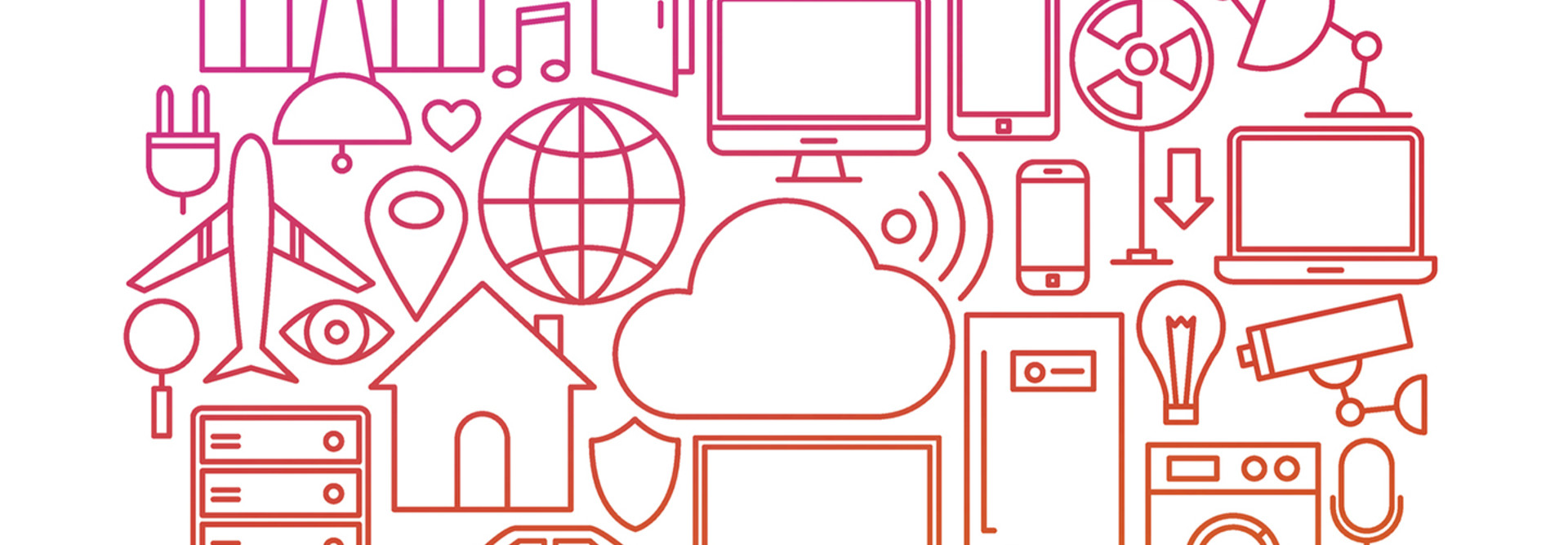IoT Devices Will Make Up Half of Connected Devices by 2021
Think of how many devices you have connected to the internet. Now multiply that, and perhaps even more, by the whole world.
Cisco’s recent Visual Networking Index predicts that the total number of internet-connected devices will be three times the world’s population by 2021. Campus Technology reports that Internet of Things (IoT) technologies will make up half of the 27.1 billion connected devices. Connected home, connected healthcare, smart cars and other machine-to-machine modules will play a part in this traffic.
Also in the next four years, smartphone internet traffic will exceed PC traffic, Cisco reports.
IoT has a lot of potential on higher ed campuses and it’s already being used by some for powerful solutions.
“Many students and administrators are already carrying, every day, very powerful IoT devices in the form of mobile devices,” says Itai Asseo, strategic innovation executive at Salesforce, in an Educause Review article. “In the next three years, we’ll be seeing more campuses taking advantage of the current context in which students, administrators and instructors operate.”
SIGN UP: Get more news from the EdTech newsletter in your inbox every two weeks!
IoT on College Campuses Has Potential for Learning, Efficiency
When it comes to IoT devices, data collection and reporting are two of the biggest perks. Asseo mentions that IoT has big potential for boosting the student experience.
“The truly exciting prospect of the IoT for higher education is that the more data we are able to capture about the different interactions that are happening continuously, the more we can improve practically every aspect of the institution’s engagement with all parties involved,” he says.
At the University of Southern California, researchers are working to take the data tracked by cameras with sensors to create a more personalized learning environment for students.
Also in their data collection, IoT devices can help campuses create smart infrastructures that are more efficient and cost-effective.
“As the IoT matures, infrastructure applications may be only limited by the imagination,” writes Nicci Fagan, director of Central and Eastern U.S. higher education sales for CDW•G, in an EdTech article.
Some innovative professors at Case Western Reserve University are testing concepts with an IoT device that could harvest energy from the vibrations of passing cars.
Already, a few colleges — like the University of Nebraska-Lincoln — have taken advantage of IoT devices by establishing printing kiosks for students and staff to print on-demand.
“We felt there was a need to move away from lab printing so that students could bring their own devices and print pretty much anywhere at any time,” says UNL IT Services Manager Todd Jensen in an EdTech article.









